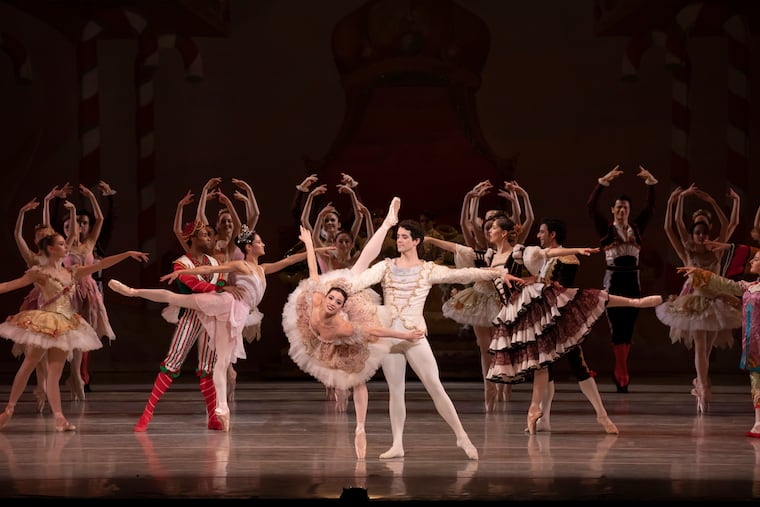Pa. Ballet’s ‘Nutcracker’ gets everything lavishly right in 50th anniversary production
And in an overdue change, the "Tea" scene has jettisoned its offensive Asian stereotypes.

And in an overdue change, the "Tea" scene has jettisoned its offensive Asian stereotypes.
